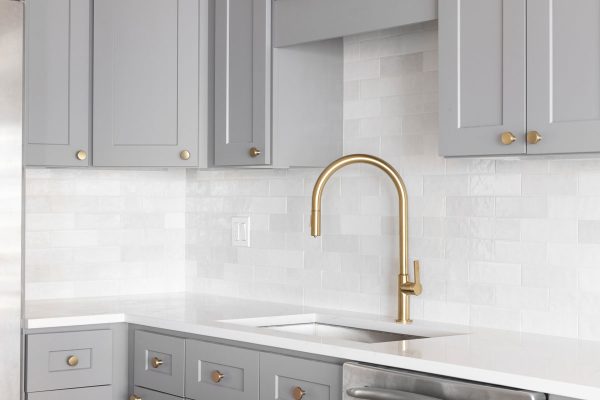Upon closer inspection of your walls, it is possible to come across tiny holes. However, you may have questions about what could be causing tiny holes in your home's walls. We researched some common reasons why this problem occurs.
If you see tiny holes in your walls, and you didn't cause them, it's time to check your home. Termites are a serious threat to the structural integrity and aesthetics of your home, and they create tiny holes.
Tiny holes in walls may also be caused by insects like wood wasps and powder post beetles. If insects are a problem, there may leave barely visible trails on drywall, or the paint may peel or bubble.
Read on to learn about why holes form in walls and what to do about this issue. Tiny holes are not simply about cosmetics. Holes may be a sign of an insect infestation or another problem that should be remedied immediately.
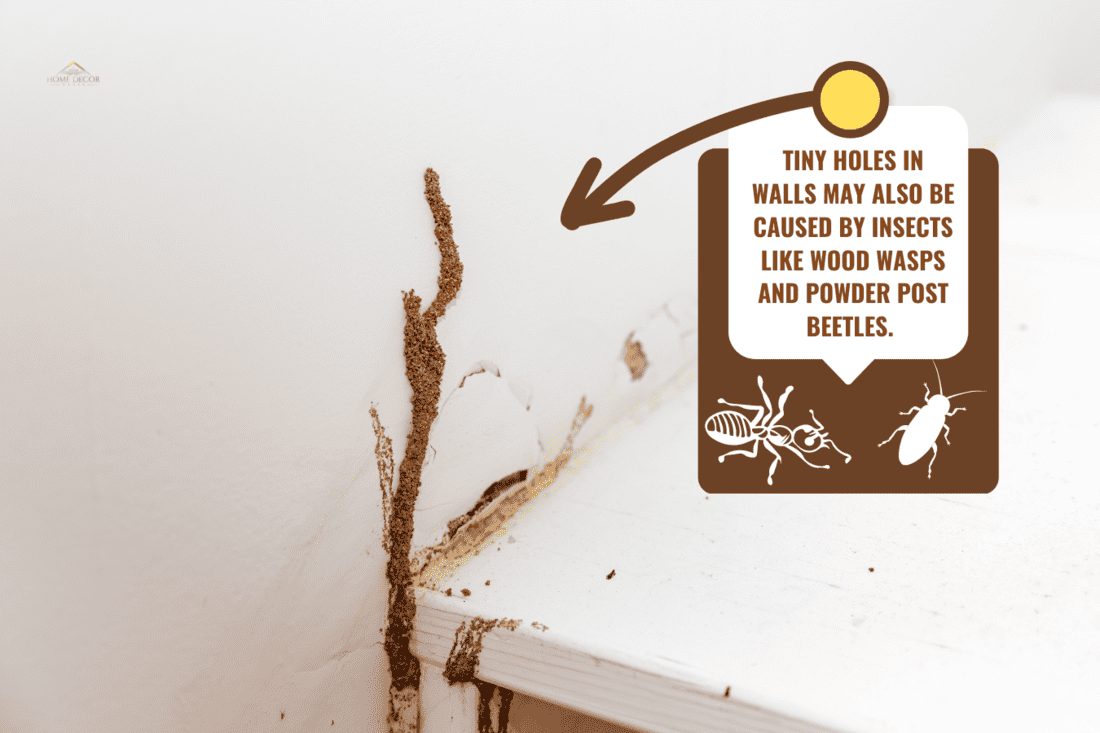
Explaining Holes In Walls
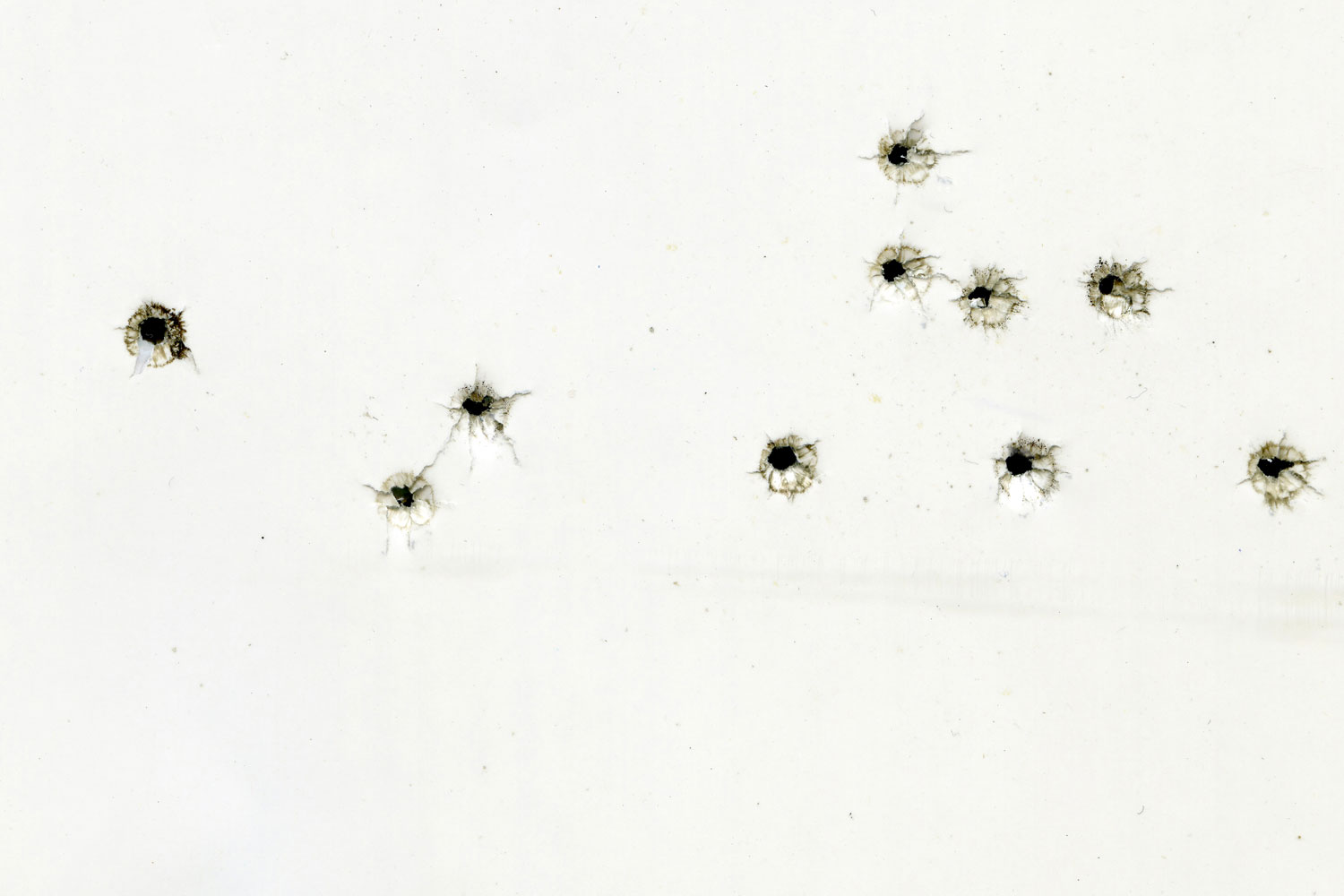
We may include affiliate links and curated AI content to highlight top design styles.
If you discover tiny holes in your walls, it's most likely not a cosmetic problem that can be easily fixed. Unless holes are caused by a doorknob damaging a wall, nails, or children, it is most likely insects.
When insects like termites, wood wasps, or powder post beetles get into a home, they can leave tiny holes the size of pinholes in drywall. Reinforcing drywall with materials that deter bugs, sealing up any cracks, and reducing moisture help.
Seek professional services if there are severe problems with structural integrity due to intensive damage. An experienced exterminator may need to come in to help extinguish termites, wasps, and deter future insects from invading.
Overall, termites are drawn to homes because of moisture, darkness, wood that is kept close like firewood, and any cracks or crevices where they can get through. Additionally, cellulose materials are also attractive to insect pests.
Signs Of Termite Damage

You are right to suspect that termites are causing damage to your home if you notice the following.
There are tiny, round holes on your walls and thin trails showing insects pathways. The drywall in your home seems to be drooping or has discoloration. There are wooden areas that are crumbling or are incurring heavy damage.
You have wood floors, or laminate that is very squeaky, feels loose, or is buckling because of moisture created from insect nests. There may be damaged areas under your painted walls or wallpaper, leading to buckling or chipping.
Doors or windows where there is termite activity may suddenly become very hard to move or feel stuck. You may discover termite droppings, wings, or are seeing termites in the soil around your property. Don't wait to act.
Tips To Deter Termites
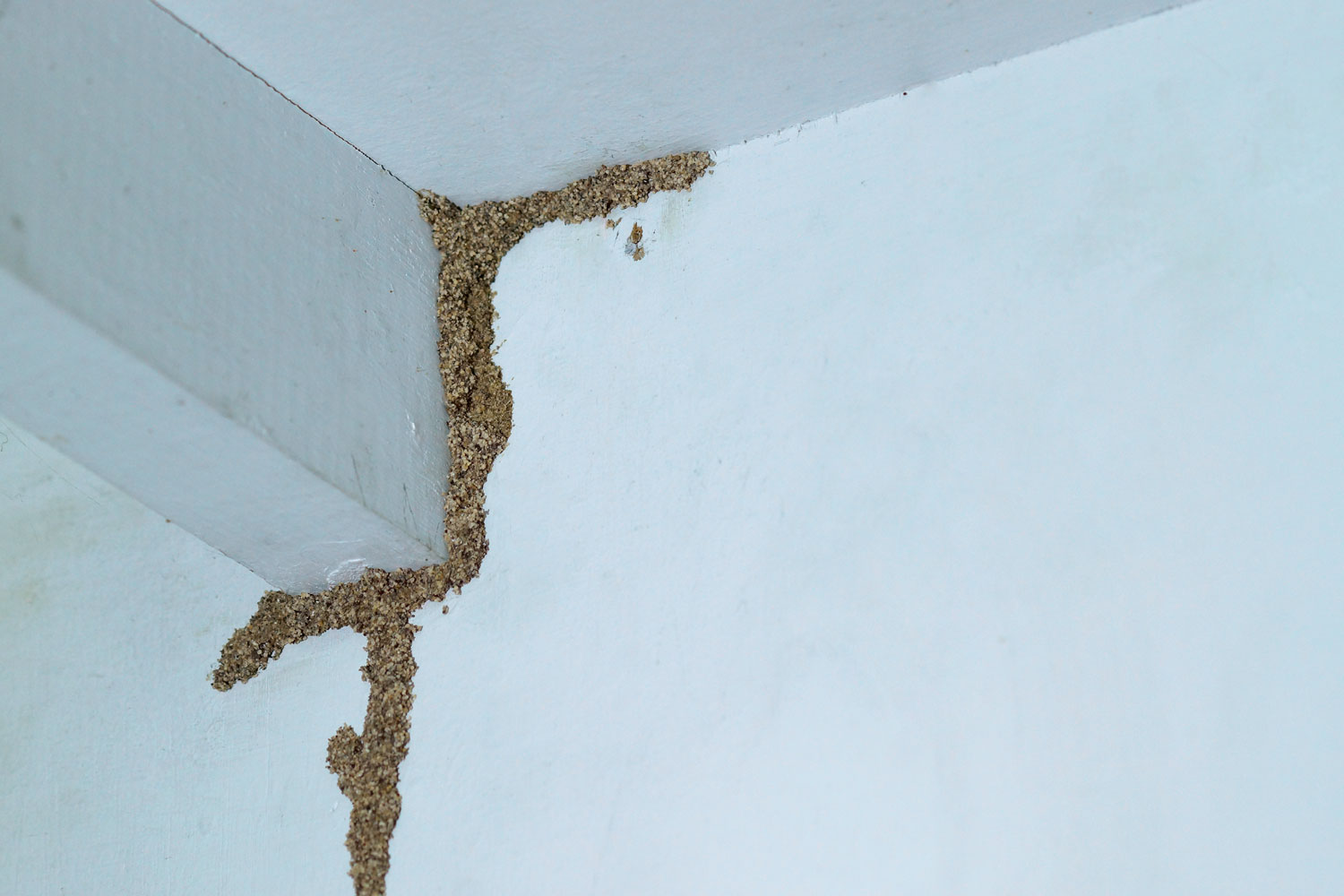
So, do you think you have termites? Check out the following helpful tips to help deter these bugs. Even though a termite colony may move on from your property without treatment, they will cause damage and may return in the future.
If you keep firewood, move it away from your property. Make sure to regularly check your home's foundation and areas where insects can sneak their way in and set up nests. Ensure your home is sealed and the ventilation is good.
Apply insecticide around your property, especially where there is wood, and set up bait traps to lure termites away from your home. If you can, try to use heat to deter and kill termites. You will need to reach a temperature of 120 degrees.
Wherever you can, try to use treated wood to deter termites. Fix or replace any areas where you see walls have holes, damaged paint, baseboards are falling apart or have significant cracks or crevices, and where there are signs of termites.
Will Termites Eat Drywall?
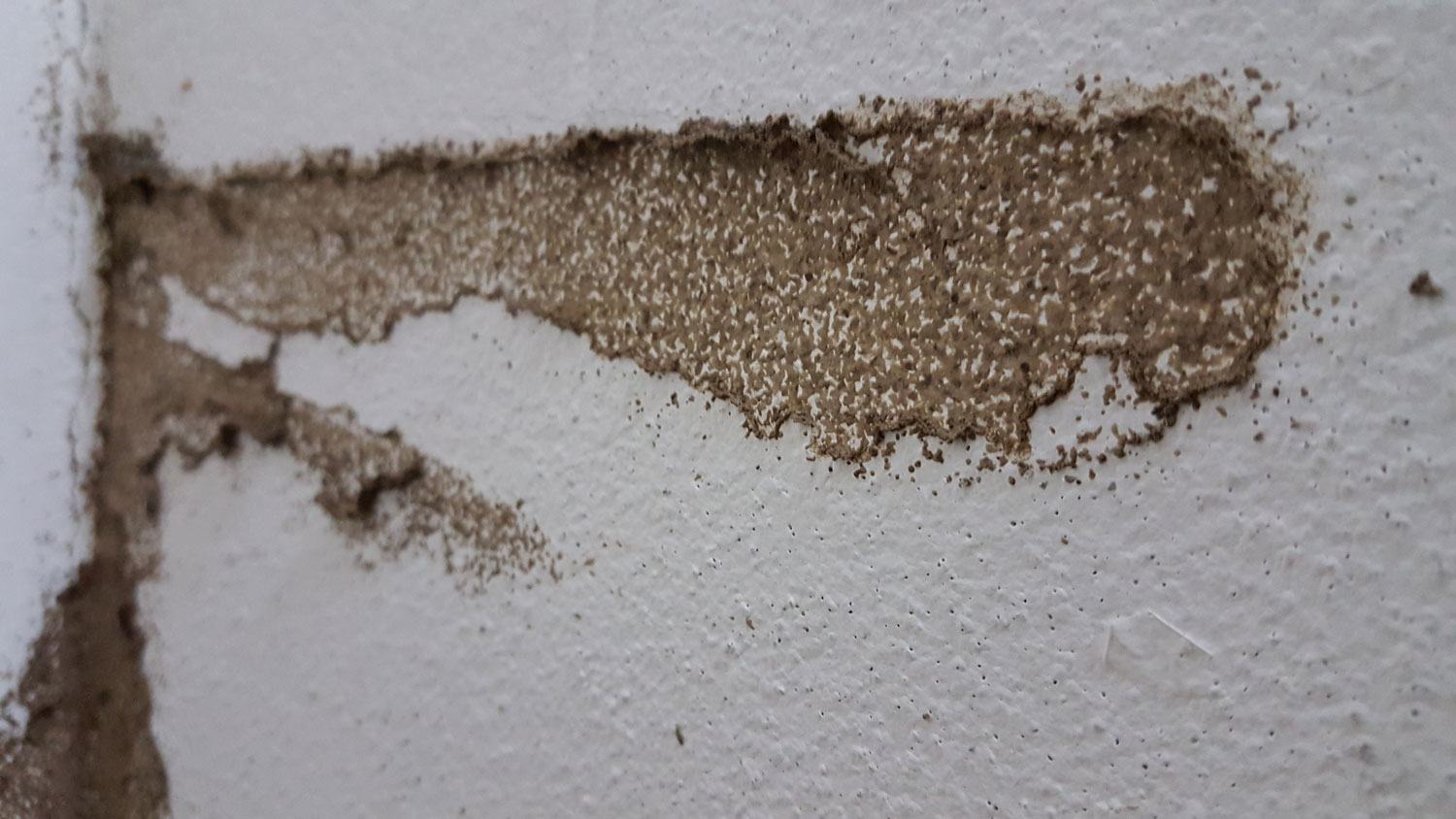
Because drywall or sheetrock has a bit of cellulose in its composition, it is attractive to termites. These hungry insects will feed on the paper in drywall and leave small pin-sized exit holes and damage in their wake.
You may discover thin lines slightly under the surface of your drywall, the paperboard, which is evidence of termite tunnels. Additionally, the paint may begin to bubble or peel away because of termite activity.
Check the integrity of your walls. If you hear a hollow sound when knocking on your walls and are seeing small, round holes 1/8 of an inch or smaller, termites are most likely a problem. Do what you can to fortify your walls and fill holes.
Although termites would rather chow down on wood, they'll settle for the cellulose in drywall. Deter termites and kill their eggs by applying boric acid to your walls. Remove anything that attracts these insects and seek professional help.
Check out this spray for termites and other insect pests on Amazon.
What Kind Of Holes Do Termites Make?
The pin-sized holes in walls created by termites are where the insects emerge. It is typical to discover exit holes about 1/8 of an inch in size that are round in shape. Termites create these exits to leave before a mating period begins.
Once adult termites vacate the nest, emerging nymphs will fill the holes with a durable, brown material composed of fecal matter. Termites are attracted to cellulose, wood, darkness, and moisture. Steps should be taken to deter them.
Routinely inspect your home for signs of termite damage in wood floors, around windows, walls, baseboards, and other areas. Make sure to remove anything that could attract these pesky insects and call for professional extermination.
After filling any holes or damage created by termites, find ways to add layers of termite-repelling materials to your home's structure. Keep an eye out for termite exit holes created in the spring and summer when it is warm.
Can You Fill Termite Holes?
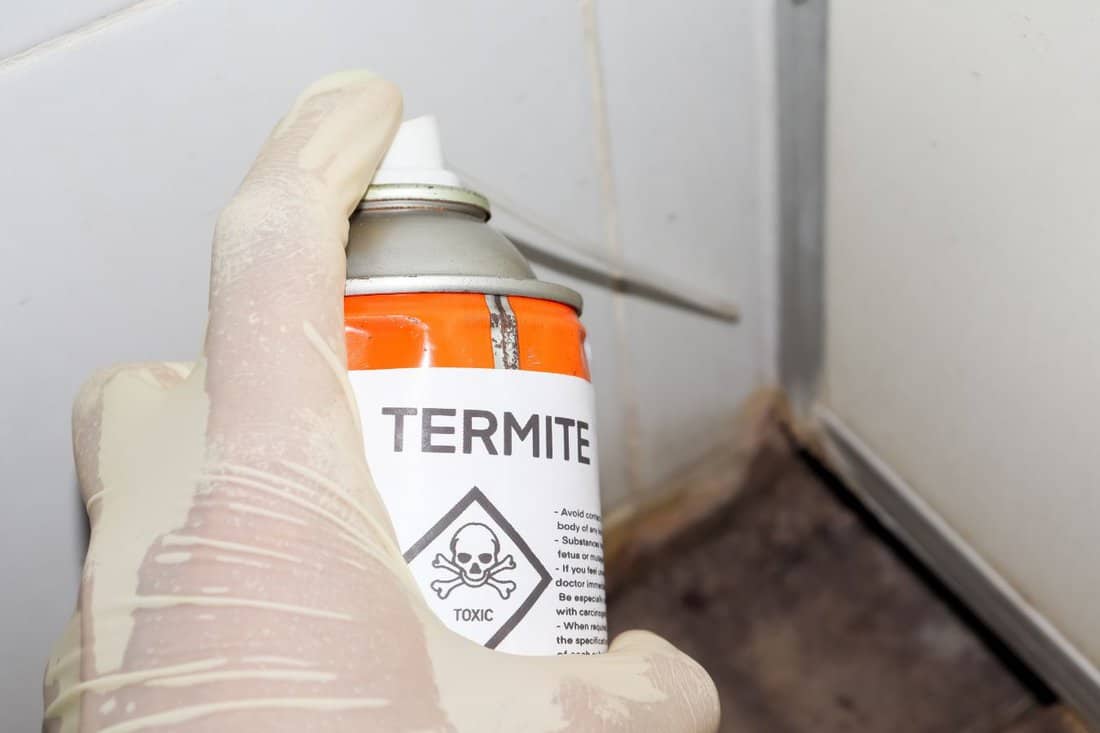
If a structure hasn't suffered too much damage, where a wall needs to be outright replaced, you can fill in holes caused by termites. Wood holes should be filled in with a quality wood filler. It may also be good to apply a wood hardener too.
Because termites love to devour anything with cellulose, including paper, cardboard, and wood, wood filler composites do not contain cellulose.
If there is termite damage in drywall, inspect the damage and fill in holes or damaged areas with putty. Larger areas of damage may need a layer of mesh tape underneath before adding putty. If the drywall is too damaged, replace it.
Make sure to apply a termite repellent to the interior of your home where there are holes, cracks, or signs of termite damage. If you are replacing your wall, add layers of material and insecticide to deter future bugs and their eggs.
How Do You Fill Small Holes In Drywall?
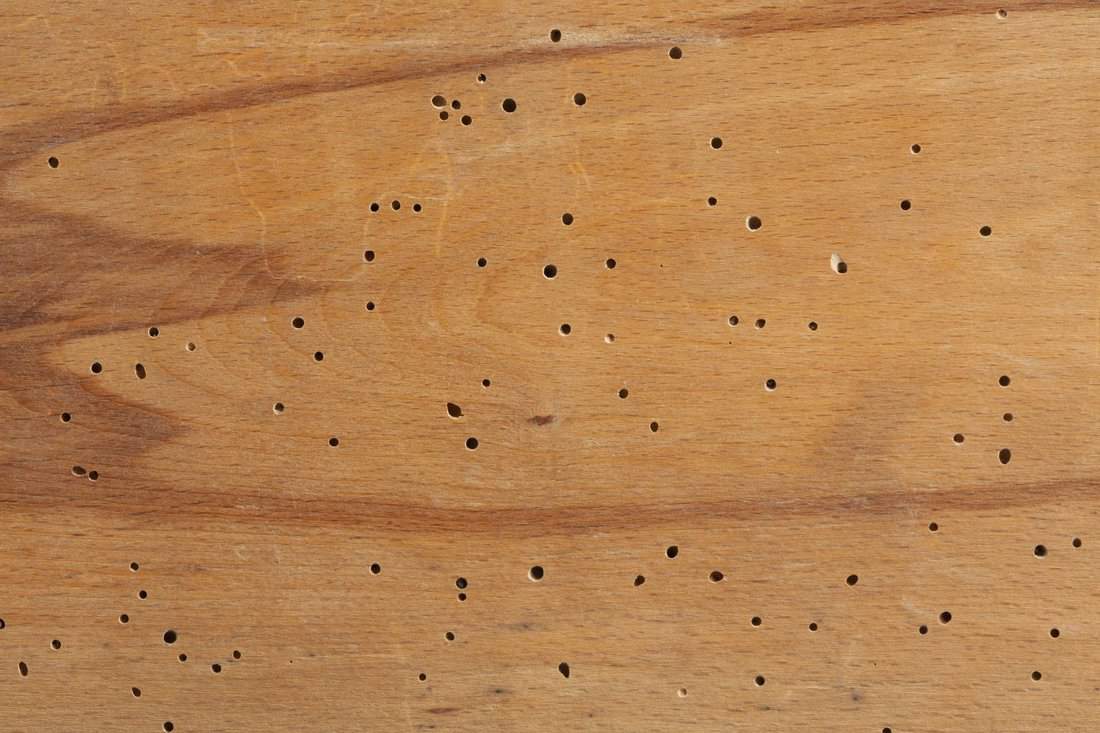
You can fill in small holes in drywall with a little bit of spackle or putty using a knife or your finger. Follow the manufacturer's directions while also working carefully to fill in the hole with the medium.
Use only as much as needed to fill in the hole, and then add a thin enough layer to blend in the patch with the rest of the wall. Allow the putty or spackle time to dry before painting over the work. It may take anywhere from 15 to 30 minutes.
Spackle is more appropriate for fixing small, pin-sized holes that are not deep. However, larger holes with more intense structural damage to drywall may require a layer of mesh tape before adding putty.
If you wish, you could try using a paste made from aspirin and toothpaste to fill in tiny holes in drywall. Another option is to apply joint compound to cover up any holes in drywall that are as large as a dime or if the holes are very deep.
Check out this drywall repair kit on Amazon.
Conclusion
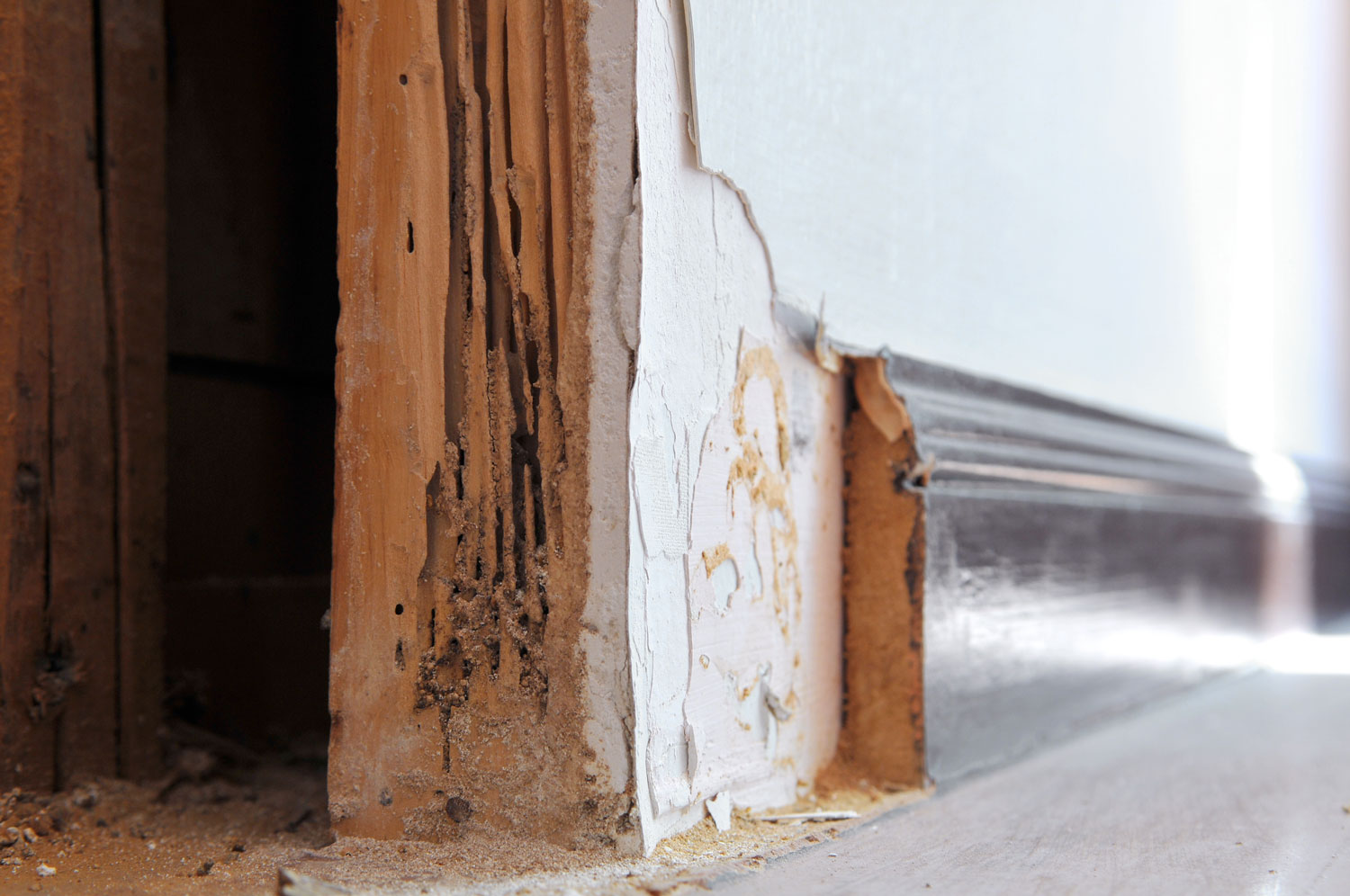
The discovery of tiny holes in your walls can be unnerving. However, if you discover tiny holes in your drywall because of termites, previous drill holes, or other reasons, it can be fixed. Look over your walls now and then to catch problems early.
Depending on the cause of any holes in your wall, you may need to replace drywall, apply a patch, or treat for termites. Take preventative measures to protect your home's walls, painted surfaces, and keep it clean, attractive, and pest-free.
Before you go, you won't want to miss out on reading the following articles.
Read More: Nail Pops In Drywall Ceiling Or Walls – What To Do?
Read More: How To Fix Holes In Hardwood Floor – Large And Small!
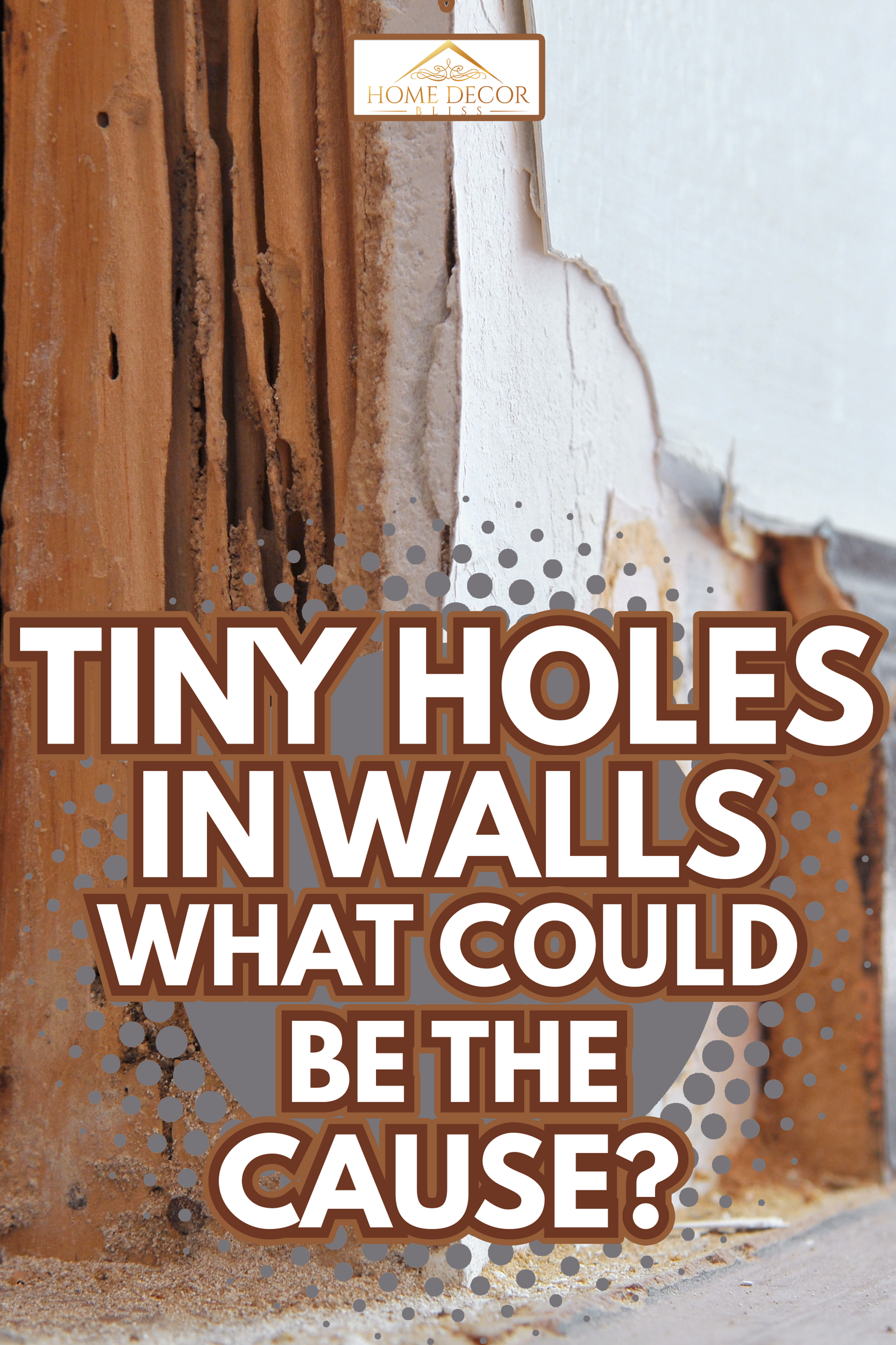



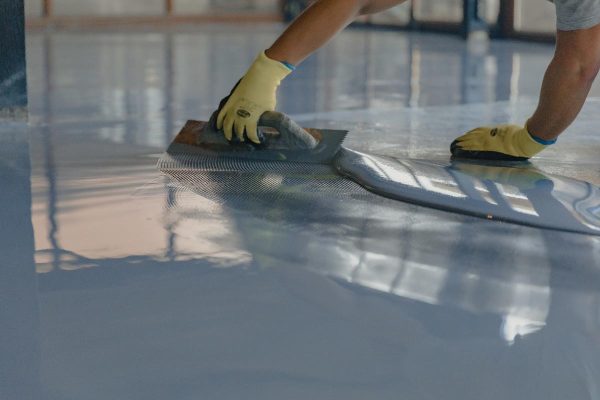
![Spacious maroon apartment with corner sofa, red armchair and wooden cupboard - What Color Goes With Maroon [11 Great Color Schemes]](https://homedecorbliss.com/wp-content/uploads/2022/06/Spacious-maroon-apartment-with-corner-sofa-red-armchair-and-wooden-cupboard-600x400.jpg)
